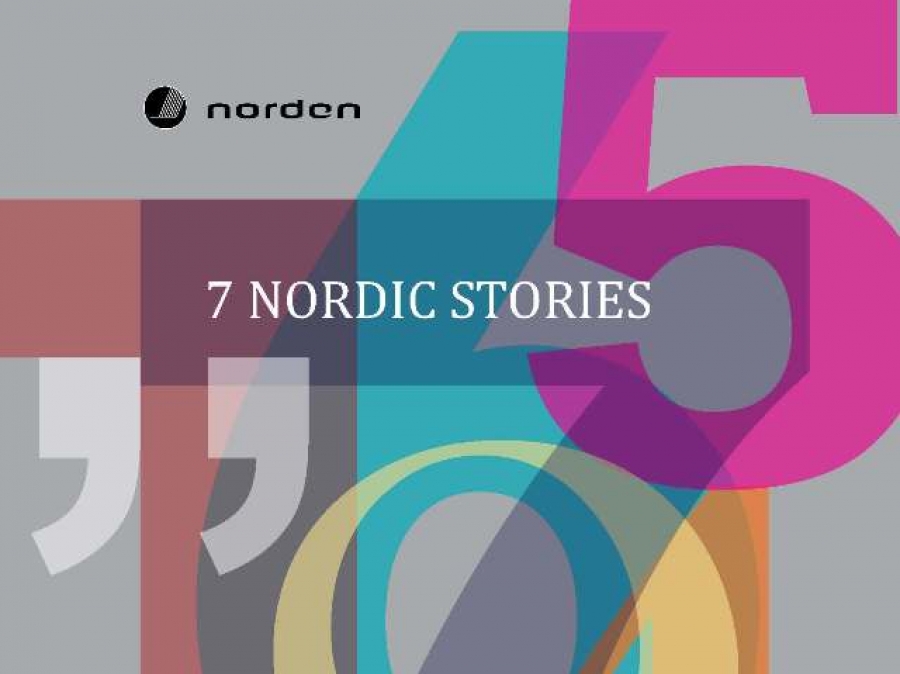New Nordic Fashion also takes in the development and reuse of more environmentally friendly textiles, which in turn form part of a green economic model. Boosting consumer awareness and promoting products and ideas play important roles here.
The Nordic Council of Ministers' Office in Estonia organised a series of events based on a similar idea in May 2011 as part of Tallinn's year as European Capital of Culture. Nordic Look was designed to showcase talented and environmentally aware fashion designers from Estonia and the Nordic countries, to raise the industry's awareness of environmental risks and to promote cooperation among designers and companies throughout the region.
Another Nordic success story in 2012 was sustainable construction. Business operators are convinced that it pays off, that it is beneficial for the environment and that it is good for people's health. All of these principles are reflected in the Nordic Built and its Charter, which was drafted last year and which more than 100 companies have signed up to – from architects through to contractors.
Investigating the 7 Nordic success stories selected, you'll discover...
- what sustainable New Nordic Fashion looks like, how sustainable the industry is at present and why both manufacturers and consumers should change their behaviour;
- how the Nordic countries have sought to overcome border obstacles so as to ensure the free movement of goods, services and people;
- what the Nordic Built and its Charter comprises and the kinds of principles that sustainable builders are guided by;
- what the new Nordic Children's and Youth Literature Prize is and why the parliaments of the Nordic countries felt it important to recognise the worth of children's literature with a prize valued at 350,000 Danish kroner;
- how the Nordic countries are deepening cooperation in the fields of defence and security policy;
- how a literary fair and books can show an appreciation for every member of society and enrich culture; and
- how the living standards and economies of the Nordic countries have changed over the last 50 years (or in other words the annual statistical overview of the region, which recently marked its 50th anniversary and compared figures from the last five decades – revealing that, for example, the number of cars in the region grew from 2 million in 1960 to 12 million in 2011).
More information about the 7 Nordic stories of 2012 can be found here. The booklet can be downloaded in .pdf format or ordered free of charge.

